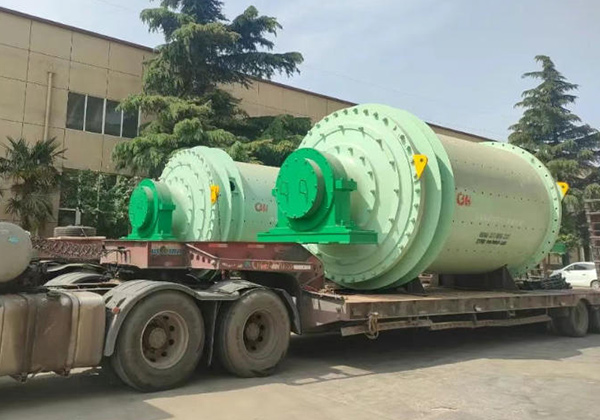Product FAQ
How to choose a ball mill model suitable for fluorite ore?
Fluorite ball mill is a kind of ore dressing equipment used to grind and crush fluorite ore to achieve the required fineness. To select a ball mill model suitable for fluorite ore, the following factors need to be considered comprehensively:
1. Ore properties
Hardness: Fluorite ore has a relatively high hardness, so it is suitable to select a ball mill with strong grinding ability and good wear resistance, such as a wet energy-saving grid ball mill and a conical grid ball mill. Its powerful grinding and impact can effectively crush fluorite ore.
Humidity: If the humidity of fluorite ore is high, a wet ball mill can be selected to prevent paste grinding and material blockage; if the humidity is low, both dry and wet ball mills can be considered, but dry ball mills have large dust and need to be equipped with dust collection equipment.
Particle size: If the feed particle size is large, the ball mill needs to have a strong crushing ability, which can be achieved by increasing the ball mill specifications, increasing the speed or increasing the grinding body mass; if the product particle size is required to be fine, a wet overflow ball mill or a wet energy-saving overflow ball mill can be selected.

2. Production requirements
Processing capacity: Select according to the expected output of fluorite ore. Large-scale production can choose large ball mills such as Ф3600×8500, Ф4000×6700; small ball mills such as Ф900×1800, Ф1200×2400 can meet the needs of small-scale production or experimental stage.
Continuous or intermittent production: Continuous production requires high reliability and low maintenance of ball mills, and standard continuous working ball mills can be selected; intermittent production requires high flexibility of ball mills, and some small and easy-to-operate intermittent ball mills can be selected.
3. Process requirements
Grinding process: In the first stage of grinding, grid ball mills are often used to improve processing capacity and grinding efficiency; in the second stage of two-stage grinding, overflow ball mills are often used to obtain finer product particle size.
Connection with subsequent processes: If the subsequent processes have strict requirements on particle size, it is necessary to select a ball mill that can accurately control the particle size, such as using an overflow ball mill and matching it with fine classification equipment; if the requirements for particle size are relatively loose, a grid ball mill can be selected to improve production efficiency.
4. Energy saving and environmental protection
Energy consumption: Energy-saving ball mills are preferred. For example, ball mills that use rolling bearings instead of sliding bearings can save more than 30% of electricity.
Environmental protection requirements: Consider the noise and dust emissions of the ball mill. For example, using a wet ball mill can reduce dust emissions, or choose a ball mill equipped with high-efficiency dust removal and noise reduction devices.
5. Investment and operating costs
Initial investment: Different models of ball mills have different prices. Large, high-performance ball mills are expensive, but their production capacity and efficiency are also high; small ball mills are cheap, but their processing capacity is limited. It needs to be selected according to the financial situation.
Operating costs: including energy consumption, replacement of wearing parts, maintenance and labor costs, etc. For example, some ball mills with simple structure and easy maintenance can reduce operating costs.
Categories
News
Contact Us
Contact: XKJ GROUP
Phone: 0086 138 3714 0277
Tel: 0371-65751333
E-mail: sales01@xkjgroup.com
Add: Xing yang city, Zheng zhou city, Henan province, China